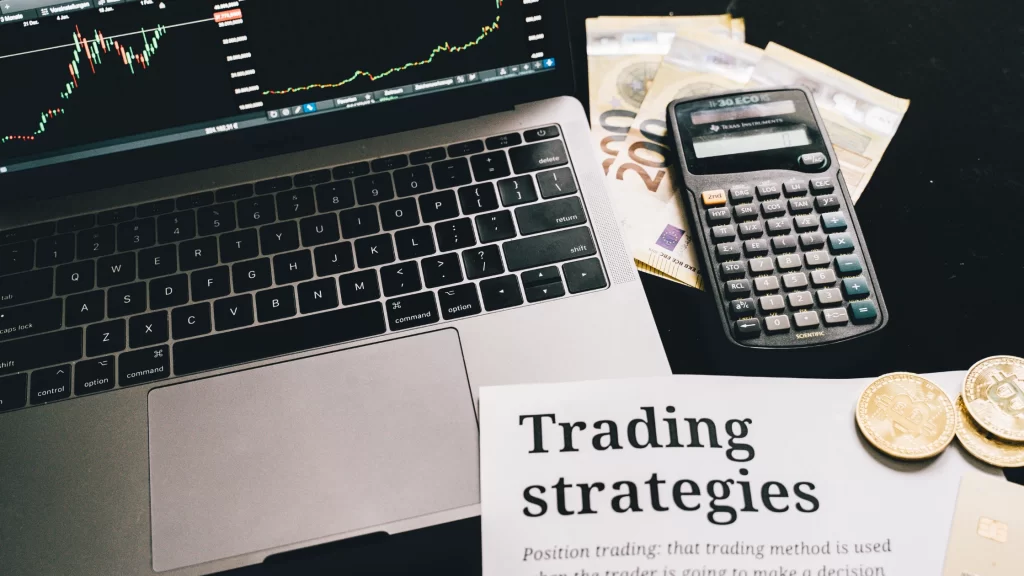

Digital Asset Chronicles

In traditional options markets, institutional traders monitor a rare but powerful phenomenon known as the Gamma Flip – the point where market makers’ gamma exposure turns negative. When applied to crypto options, this dynamic creates critical inflection points for price action, liquidity, and volatility, especially on platforms like Deribit, Polynomial, and Derive.
The Gamma Flip isn’t just a data point – it’s a signal of shifting forces in the market’s microstructure that can lead to exaggerated moves, particularly in high open interest expiries or major BTC/ETH levels.
Gamma measures the rate of change of delta in an option. Market makers delta-hedge to remain neutral. When they are long gamma, they buy dips and sell rips. When short gamma, they exacerbate moves—selling into dips and buying into spikes.
The gamma flip is the price level where their gamma exposure goes from positive to negative.
| Gamma Exposure | Market Maker Behavior | Price Effect |
|---|---|---|
| Long Gamma | Buys dips, sells rips | Mean reversion |
| Short Gamma | Sells dips, buys rips | Momentum moves |
Front-run volatility before options expiry by identifying gamma flip zones.
Fade rallies or buy panic wicks depending on whether market makers are long or short gamma.
Use platforms like Lyra or Polynomial to analyze strike positioning.
gTrade: Delta-neutral positioning for structured strategies.
HyroTrader: AI-powered analytics for options skew and volatility surfaces.
Deribit Open Interest Viewer: Watch high OI strikes near the gamma flip level.
Gamma flip levels shift with implied volatility and time decay—don’t rely on static charts.
Best used with a volatility breakout strategy or gamma scalping.
✅ Watch major expiry strikes
✅ Estimate gamma flip levels using options OI + skew
✅ Align directional bets around short gamma zones
✅ Confirm with funding rates + open interest